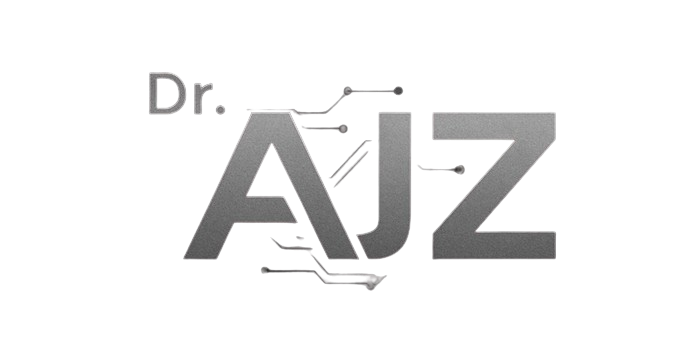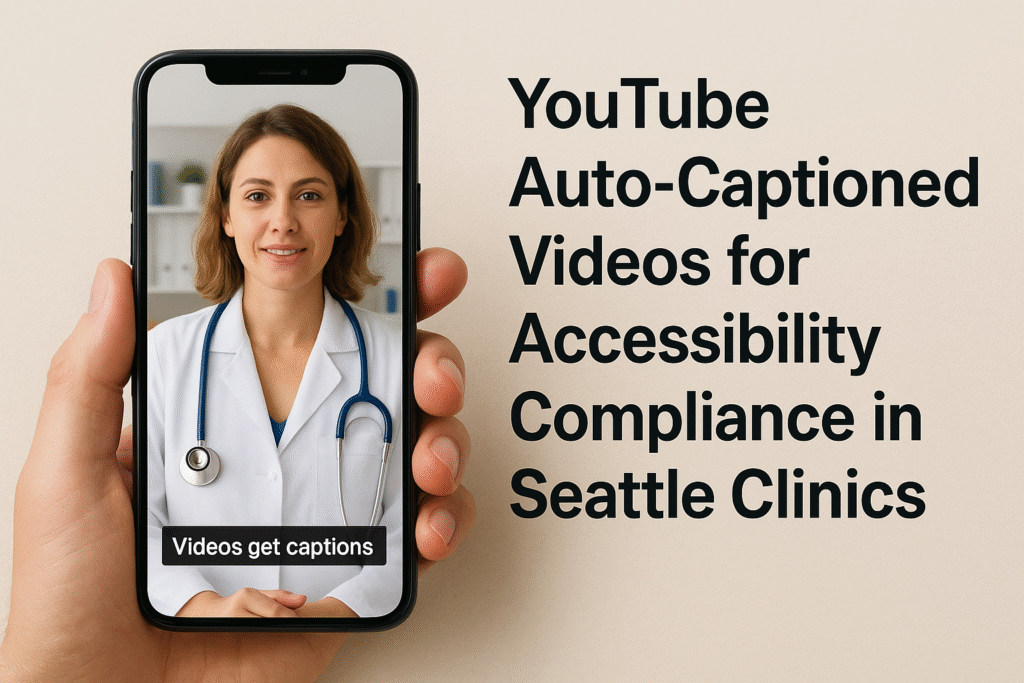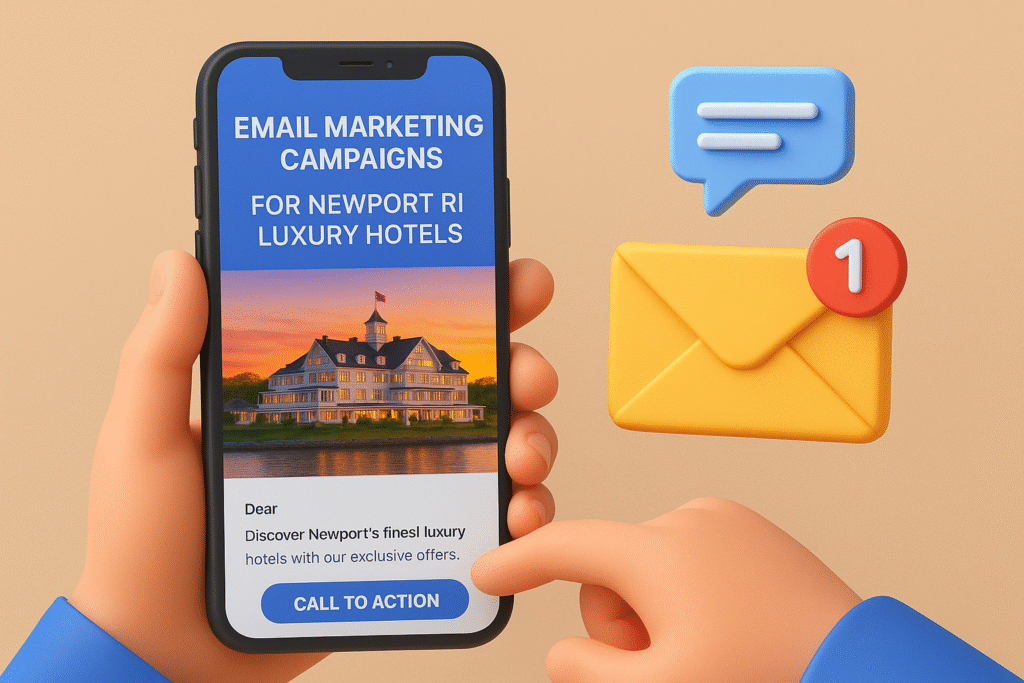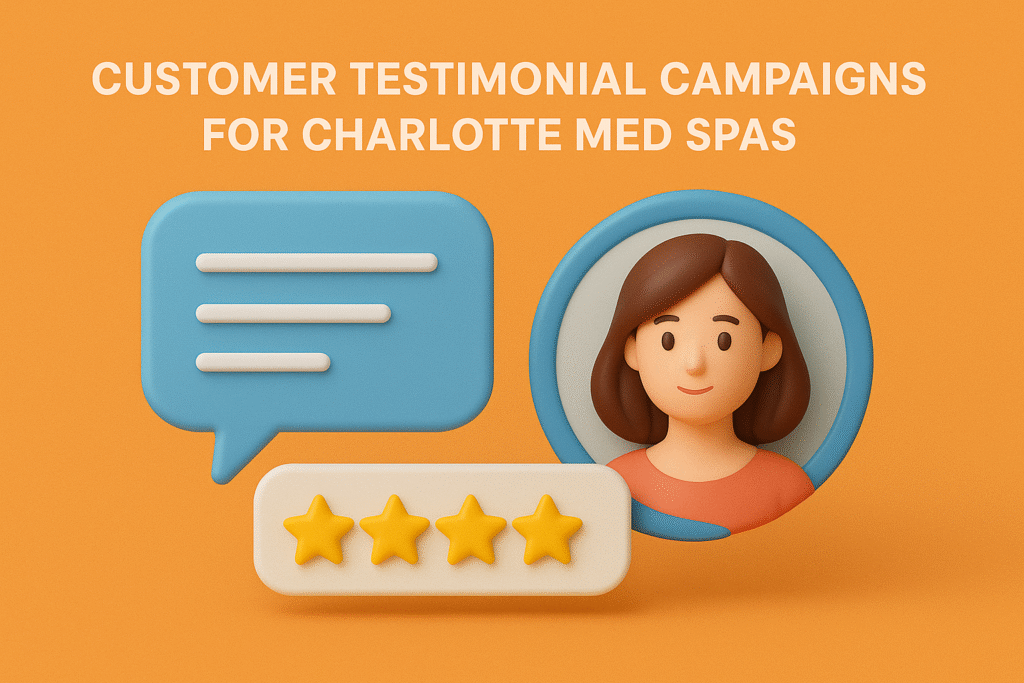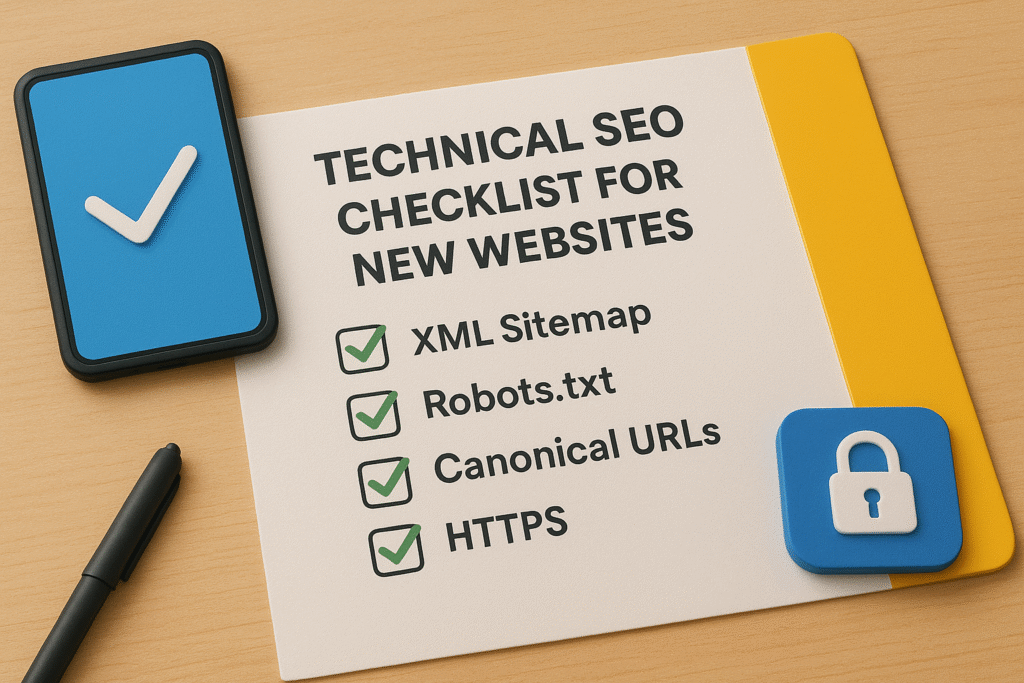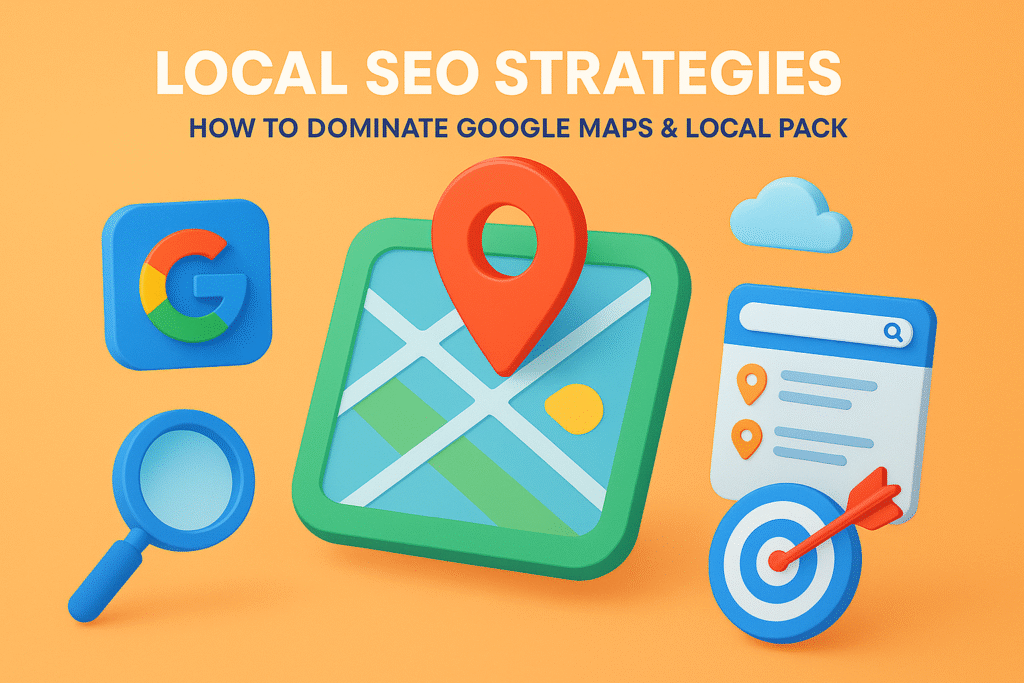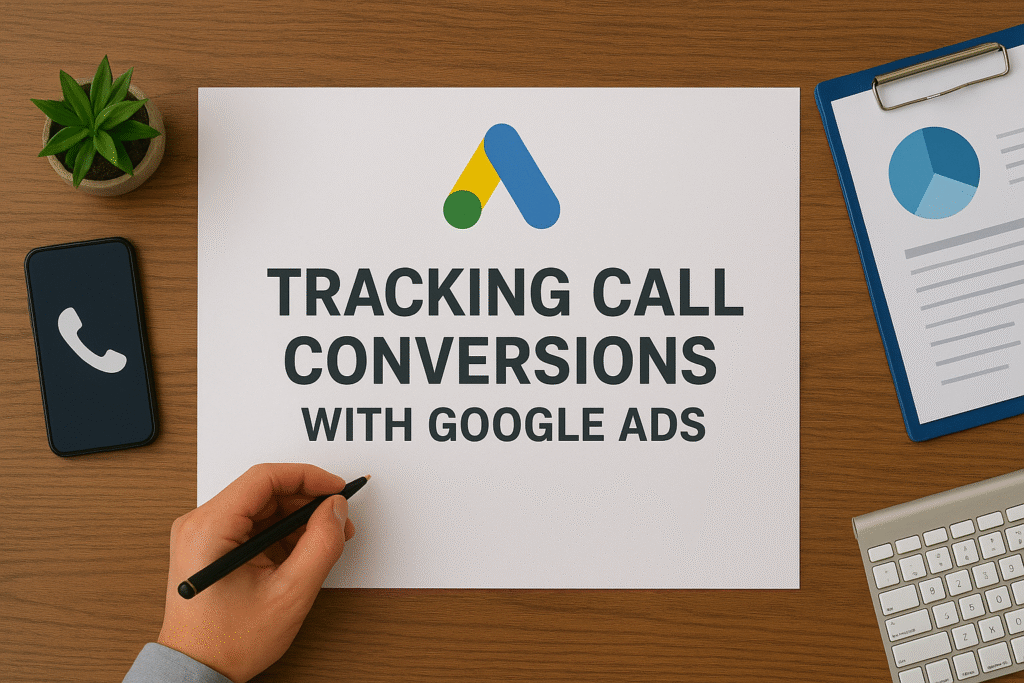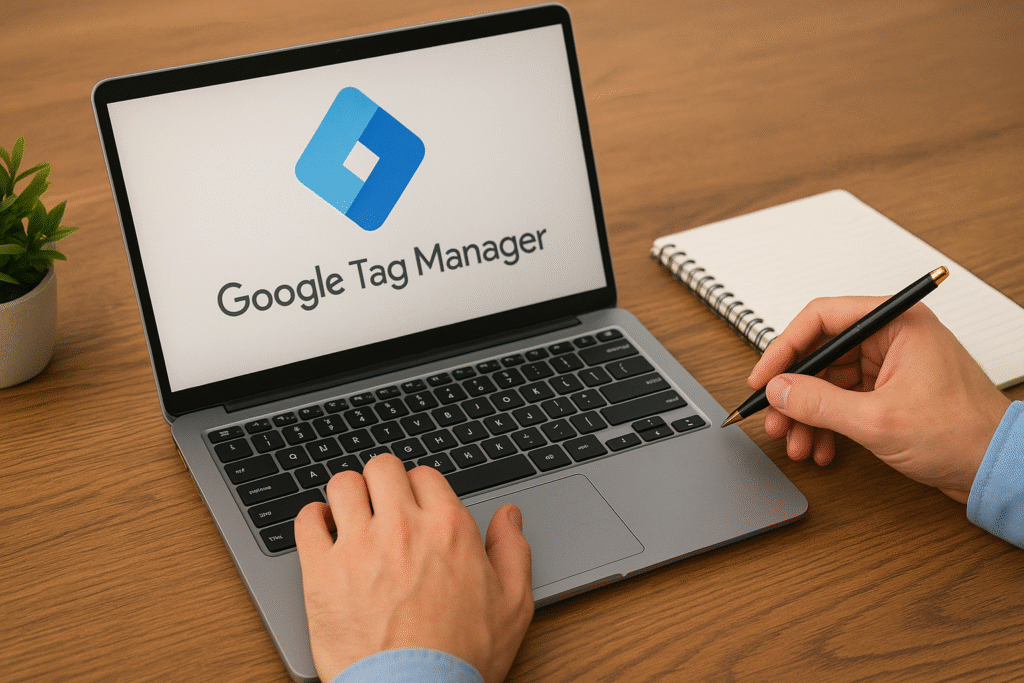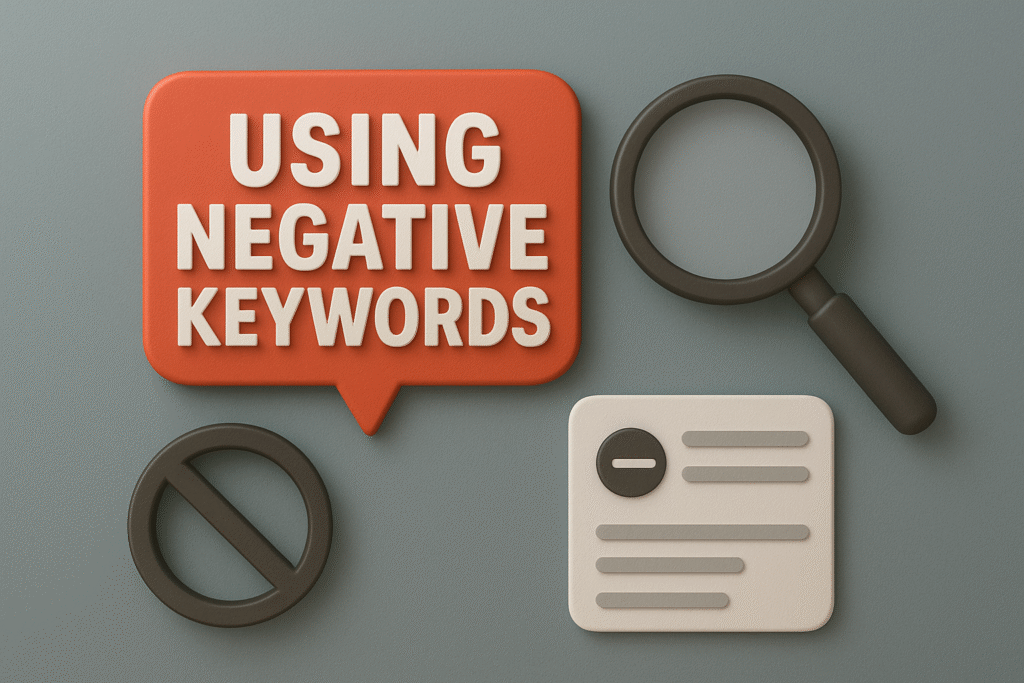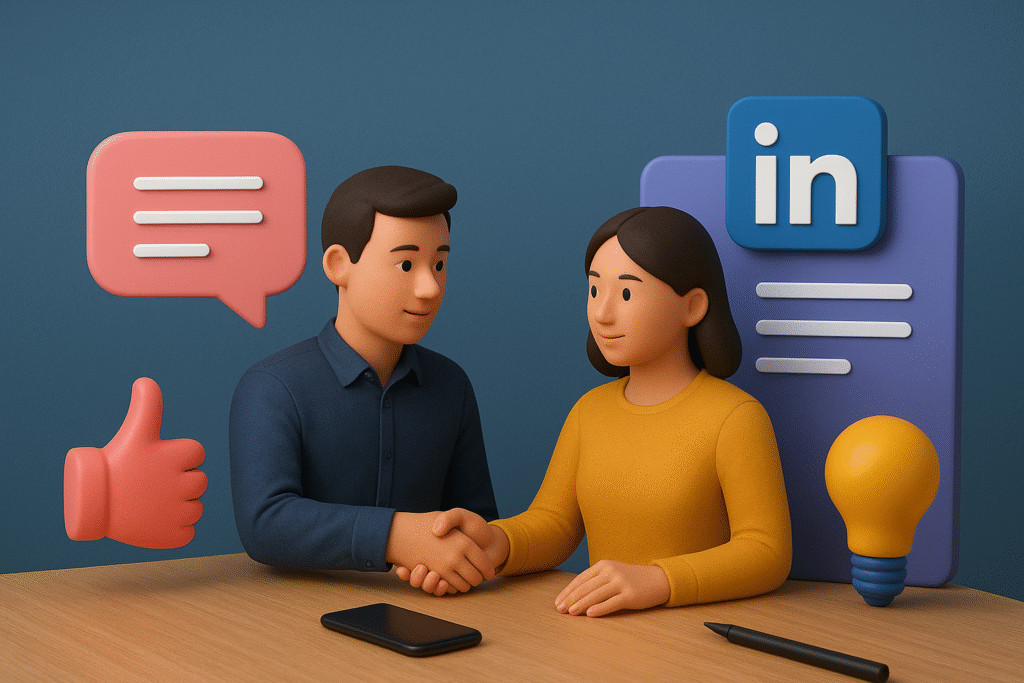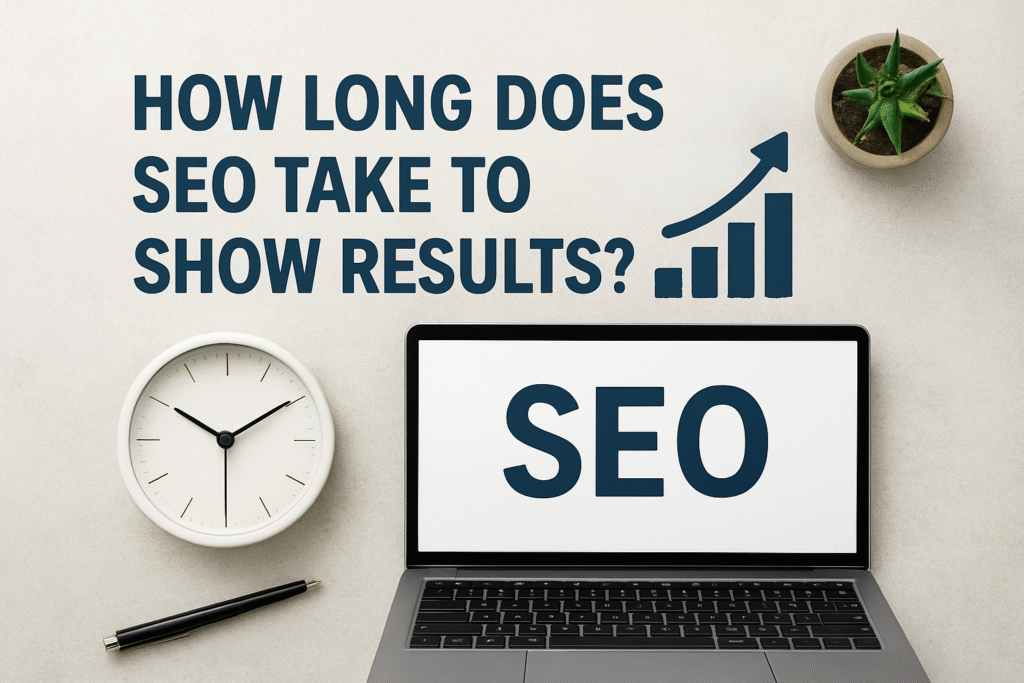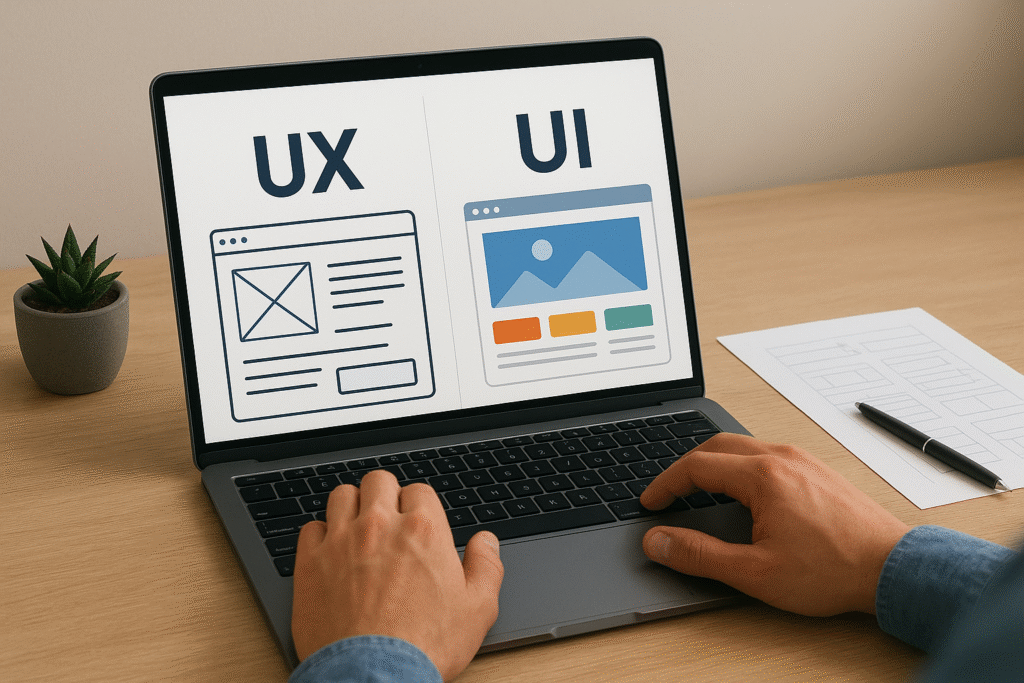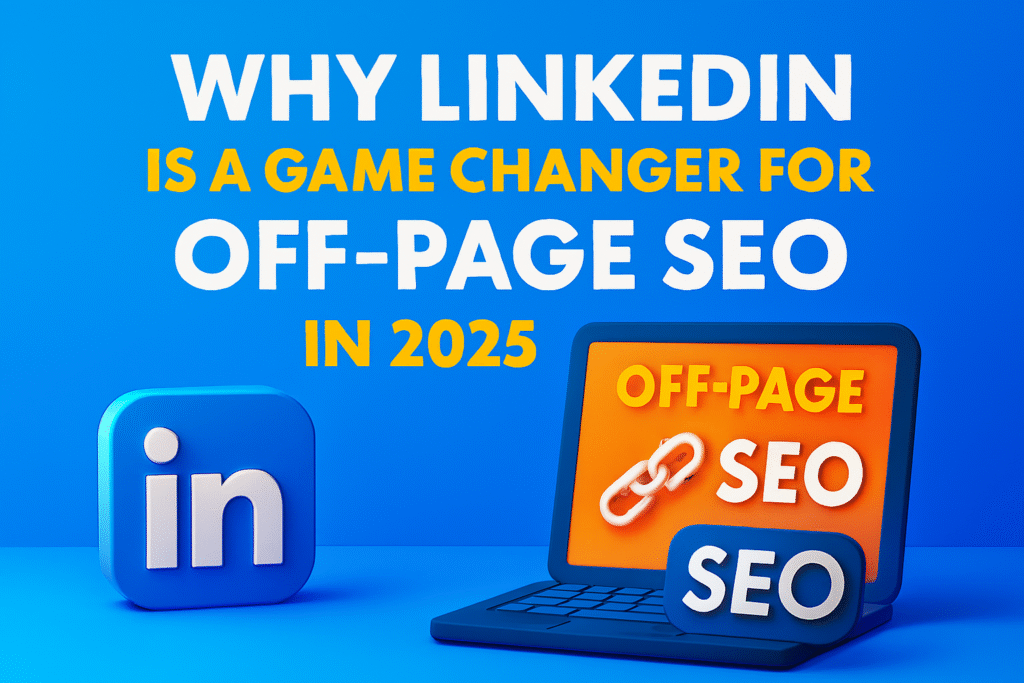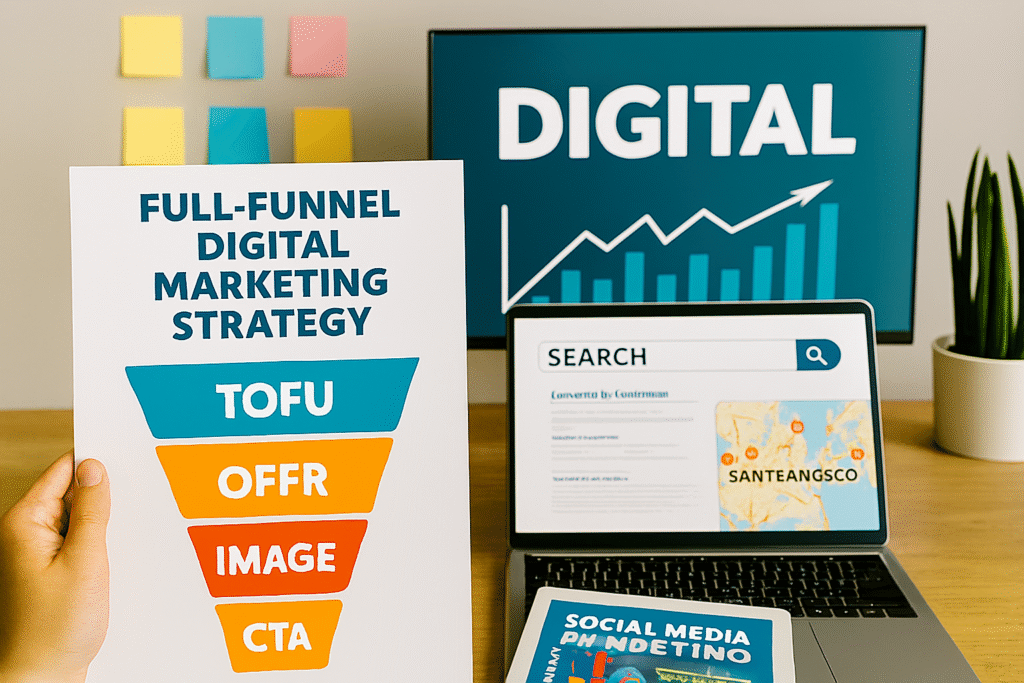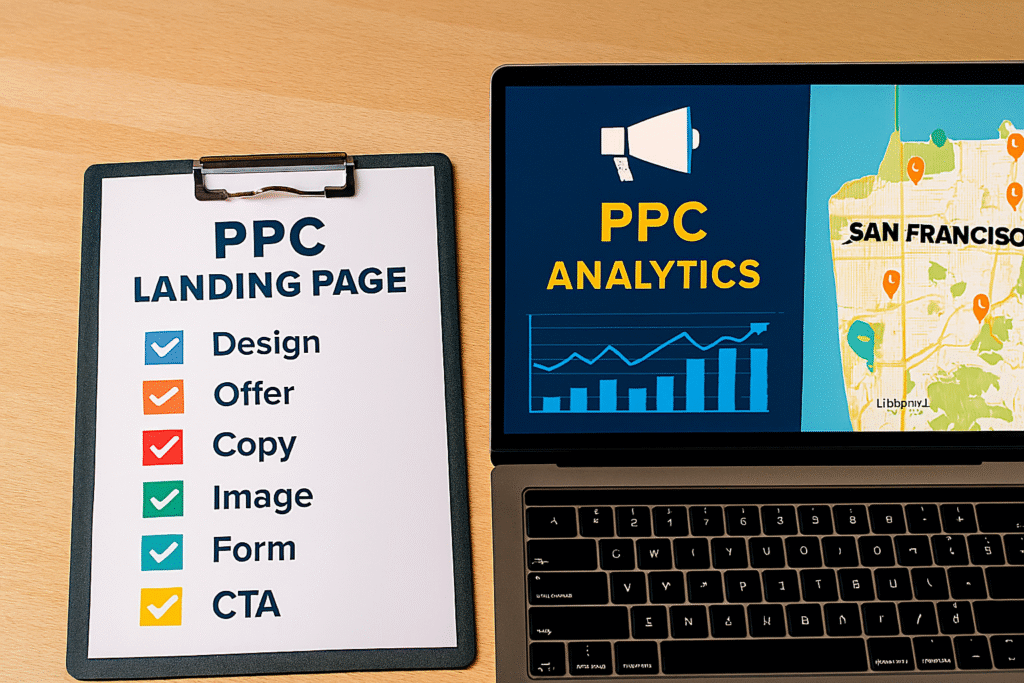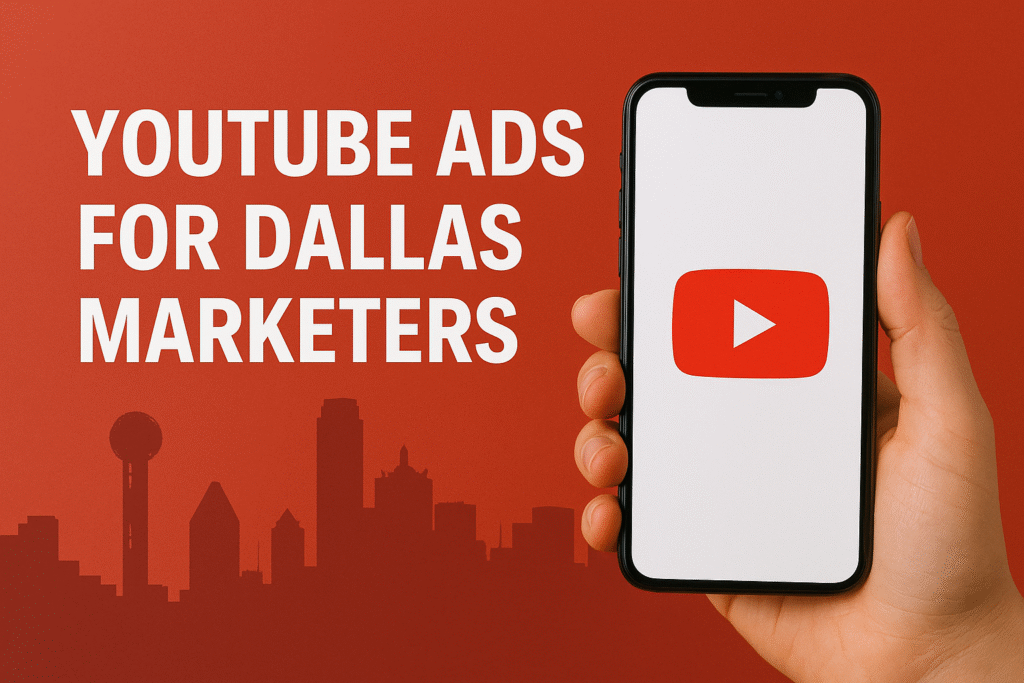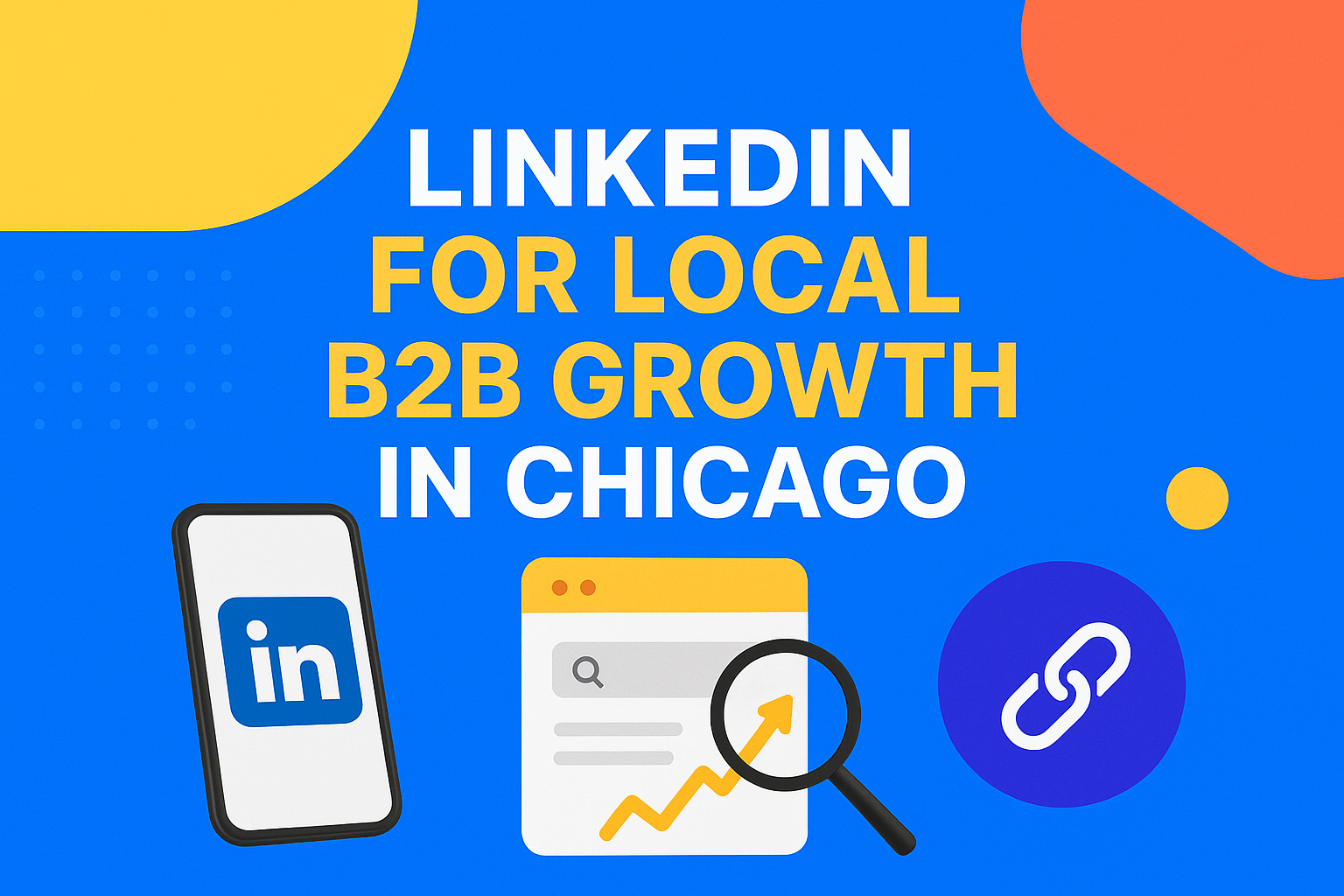Here’s What You’ll Learn in This Article
This article breaks down why YouTube auto-captioned videos fall short of ADA and WCAG compliance for Seattle clinics, especially when medical terminology is involved. You’ll learn how accurate captions improve accessibility, patient trust, and SEO and what clinics must do to ensure their video content meets legal and user-experience standards.
Introduction
When I first started helping healthcare brands refine their digital presence, I noticed an interesting pattern: many Seattle clinics were pouring time into video content but overlooking one critical detail accessibility. And more specifically, they were relying solely on YouTube auto captioned videos without realizing how much that decision affects their ADA and WCAG compliance.
As someone who’s spent years working at the intersection of digital marketing, SEO, content strategy, and user-centric design, I’ve seen firsthand how accessibility shapes trust, credibility, and patient experience. Today, I want to break down how YouTube auto captioned videos fit into accessibility standards for Seattle-based clinics and why captions aren’t just a “nice-to-have” they’re a compliance requirement.
Why Accessibility Matters So Much for Healthcare Content
Healthcare is a unique space. When someone clicks a clinic’s video — whether it’s a patient walkthrough, a provider introduction, or an explainer on treatments they expect clarity and fairness in access.
But many clinics underestimate the role of accurate captions.
Stat: According to the CDC, over 15% of American adults experience some form of hearing loss, making caption-ready video content a non-negotiable accessibility standard.
Seattle, specifically, has one of the most proactive communities when it comes to digital inclusion. If a clinic wants to build trust in a competitive healthcare market, caption accuracy matters more than ever.
And that’s where the conversation around YouTube auto captioned videos gets interesting.
My First Experience Auditing a Clinic’s Video Library
A few years ago, a Seattle-based integrative health clinic asked me to review their YouTube presence. They had dozens of valuable videos physician Q&As, treatment overviews, patient education content but engagement was oddly low.
It took me less than five minutes to spot the real issue: nearly all their content used auto-generated captions with zero proofreading.
Mispronunciations. Medical terms spelled incorrectly. Entire sentences twisted into nonsense.
If you’ve ever watched YouTube auto captioned videos, you know exactly what I mean.
That was the moment I realized Seattle clinics needed much more guidance on accessibility compliance — not just content production.
Are YouTube Auto Captioned Videos Good Enough for Accessibility Compliance?
Let’s get straight to the point.
No — not by themselves.
YouTube does help by providing automatic captions, but they’re often only 60–70% accurate, especially when videos include:
- Medical vocabulary
- Accents or fast speech
- Background noise
- Multiple speakers
- Technical explanations
WCAG 2.1 (Web Content Accessibility Guidelines) from W3C requires accurate captions, not “machine-generated estimates.”
The ADA, outlined at ADA.gov, reinforces this by positioning accessibility as a legal expectation for public-serving organizations, including healthcare clinics. If captions are inaccurate, compliance is incomplete.
So while YouTube auto captioned videos are a helpful starting point, they don’t meet full accessibility standards unless edited, reviewed, and corrected.
The Seattle Standard: Why Clinics Here Need Higher Accuracy
Seattle’s population includes:
- A growing aging community
- A diverse multilingual demographic
- A tech-aware audience that expects digital compliance
- A strong culture for inclusivity and equal access
This means expectations are higher, scrutiny is greater, and competition is stronger. I’ve worked with clinics across Capitol Hill, Ballard, Bellevue, and Tacoma and the trend stays the same: the clinics that prioritize accessibility consistently outperform those that don’t.
Accessibility isn’t just the right thing to do. It’s a growth strategy.
What I Learned After Testing YouTube Auto Captioned Videos for Medical Content
To validate my assumptions, I ran a three-week experiment. I uploaded short medical explanations, each featuring:
- Different accents
- Technical terms
- Variable sound environments
Then I reviewed YouTube’s auto-captions line by line.
What I found was eye-opening.
- Short sentences were often correct.
- Medical terms like “neuropathy” or “otolaryngology” were consistently wrong.
- Multi-speaker dialogue confused the AI.
- Background music dropped accuracy significantly.
This reinforced something I often tell my clients: YouTube auto captioned videos are not compliance tools; they’re starting points.
Why Accurate Captions Improve SEO for Seattle Clinics
This part is often overlooked, but crucial captions affect search visibility.
Search engines index:
- Captions
- Transcripts
- Spoken keywords
- On-screen text
When Seattle clinics improve caption accuracy, they simultaneously boost their local SEO.
Here’s how:
- More accurate keywords are recognized
- User engagement increases
- Watch time improves
- Bounce rate decreases
- Videos appear more in local search results
I’ve seen clinics improve video visibility by over 40% after optimizing captions manually or through third-party tools like Rev.
Step-by-Step: How I Optimize YouTube Captions for Clinic Videos
When I work with clinics, I follow a simple but effective captioning workflow.
Step 1: Upload the Video to YouTube
Let YouTube auto-generate the captions first. It’s fast and gives you a draft baseline.
Step 2: Review Every Line in the Caption Editor
This is where the real work begins. I manually rewrite:
- Medical terminology
- Misheard words
- Run-on sentences
The goal is near-perfect accuracy.
Step 3: Add Proper Punctuation for Readability
Many clinics underestimate the importance of clean sentence structure. Proper punctuation improves both accessibility and comprehension.
Step 4: Add Speaker Labels When Needed
Especially for:
- Interviews
- Q&A videos
- Multi-specialist discussions
Labels reduce confusion for hearing-impaired viewers.
Step 5: Export the SRT File for Website Embeds
This is powerful because embedding accurate captions on a website further strengthens compliance.
Step 6: Re-upload Captions Back to YouTube
This ensures your video is compliant wherever it’s viewed.
The Legal Risk of Relying Only on Auto Captions
Some clinics think accessibility is optional. But healthcare providers fall under public-facing service institutions meaning ADA-compliant content is legally important.
Stat: In 2023 alone, more than 3,500 ADA digital accessibility lawsuits were filed across the U.S., according to accessibility reports from combined legal databases.
While not all involved healthcare videos, it highlights how serious compliance has become.
Seattle clinics, with their emphasis on tech-forward services, are even more likely to face scrutiny from advocacy groups or community feedback.
The Patient Experience Impact Most Clinics Don’t Notice
Something that sticks with me from dozens of clinic interviews is how deeply patients appreciate inclusive design. When captions are clean and accurate, it signals a clinic cares not just about compliance, but about patient dignity.
Patients experiencing:
- Hearing loss
- Cognitive processing challenges
- Learning disabilities
- Language barriers
…all benefit from accurate captions.
In healthcare, empathy matters. And captions are a small but powerful form of empathy.
YouTube Auto Captioned Videos vs. Professional Captioning Services
Let’s break down the difference.
YouTube Auto Captioned Videos
Pros:
- Free
- Fast
- Easy to generate
Cons:
- Low accuracy for medical terms
- Not ADA-compliant without corrections
- Often confusing or misleading
- Lacks formatting and speaker separation
Professional Captioning Services (e.g., Rev, 3Play Media)
Pros:
- Highly accurate
- Human-reviewed
- Medical terminology handled correctly
- ADA- and WCAG-ready
Cons:
- Costs money
- Longer turnaround time
From experience, most Seattle clinics benefit from a hybrid approach: start with YouTube auto captions, refine manually, and outsource when videos contain complex terminology.
How Clinics Can Train Their Teams to Handle Captioning Properly
Clinics don’t need huge budgets. Even small steps improve accuracy dramatically.
I often advise teams to:
- Use good microphones.
- Record in quiet rooms.
- Speak clearly and slowly.
- Use scripts or talking points.
- Review captions immediately after publishing.
Better audio equals better auto-captions and less manual fixing later.
Why Seattle Clinics Should Make Captioning a Priority in 2025
As digital patient communication grows, clinics are no longer competing only with local healthcare facilities they’re competing with global health educators, large medical brands, and telehealth platforms.
The clinics that adapt fastest to accessibility standards will also grow the fastest.
And yes, that starts with something as simple as caption accuracy.
Final Thoughts
If you’re a Seattle clinic (or any healthcare provider, really), relying solely on YouTube auto captioned videos won’t get you fully compliant. Patients need accuracy. Regulations demand accuracy. Your reputation depends on accuracy.
The good news? The solution is simple review, refine, and optimize. And if you want help improving your content accessibility, your captioning workflow, or your overall digital strategy, you can reach me anytime through alijaffarzia.com.
FAQs
1. Are YouTube auto captions ADA-compliant?
Not by themselves. They must be reviewed and corrected for full compliance.
2. What makes captions inaccurate for medical videos?
Complex terminology, multiple speakers, and background noise often confuse AI captioning tools.
3. Do clinics need captions on all videos?
Yes — any public-facing digital content should include accurate captions.
4. Can captions improve SEO for healthcare websites?
Absolutely. Accurate transcripts and captions help search engines index more content.
5. What’s the easiest way for clinics to fix captions?
Start with YouTube auto captions, then manually edit or outsource to a captioning service.
